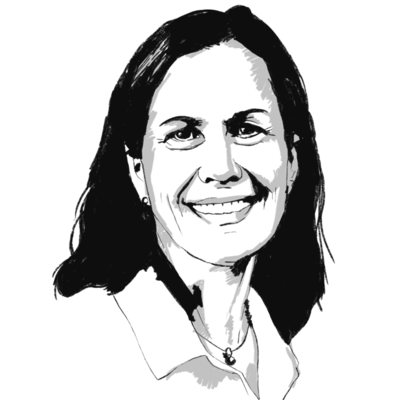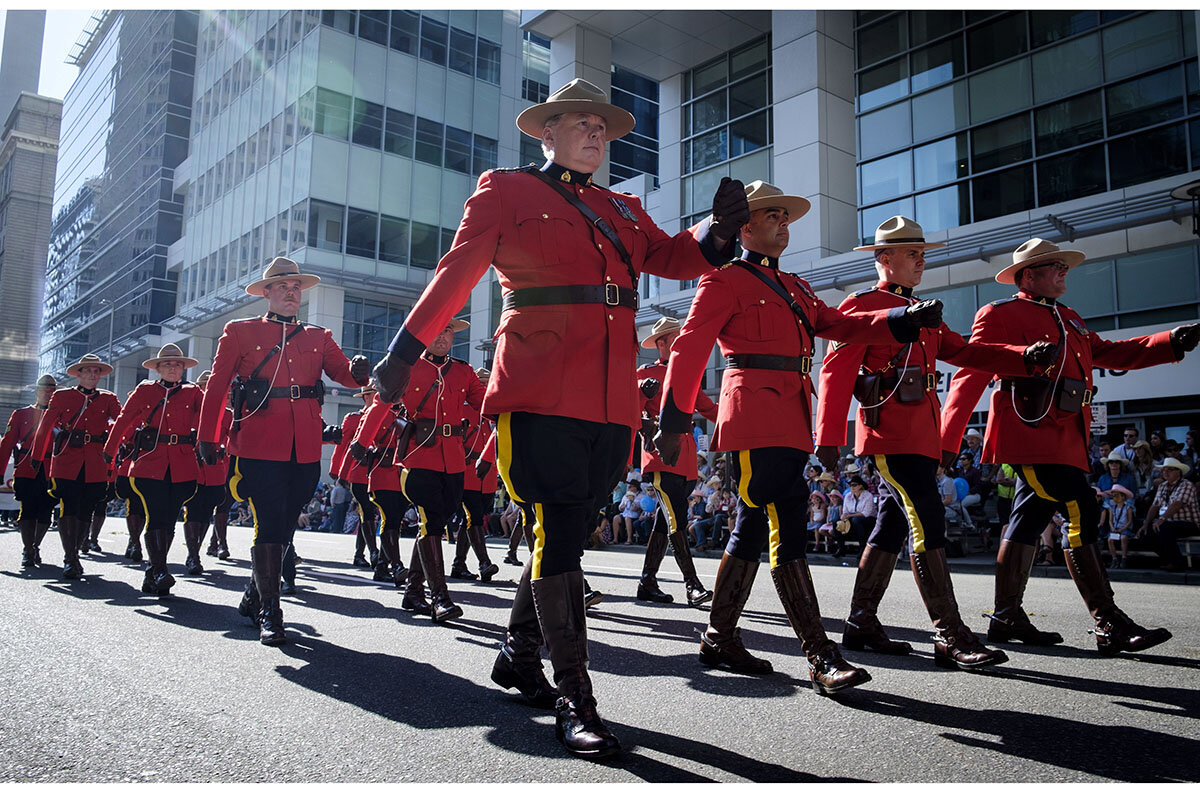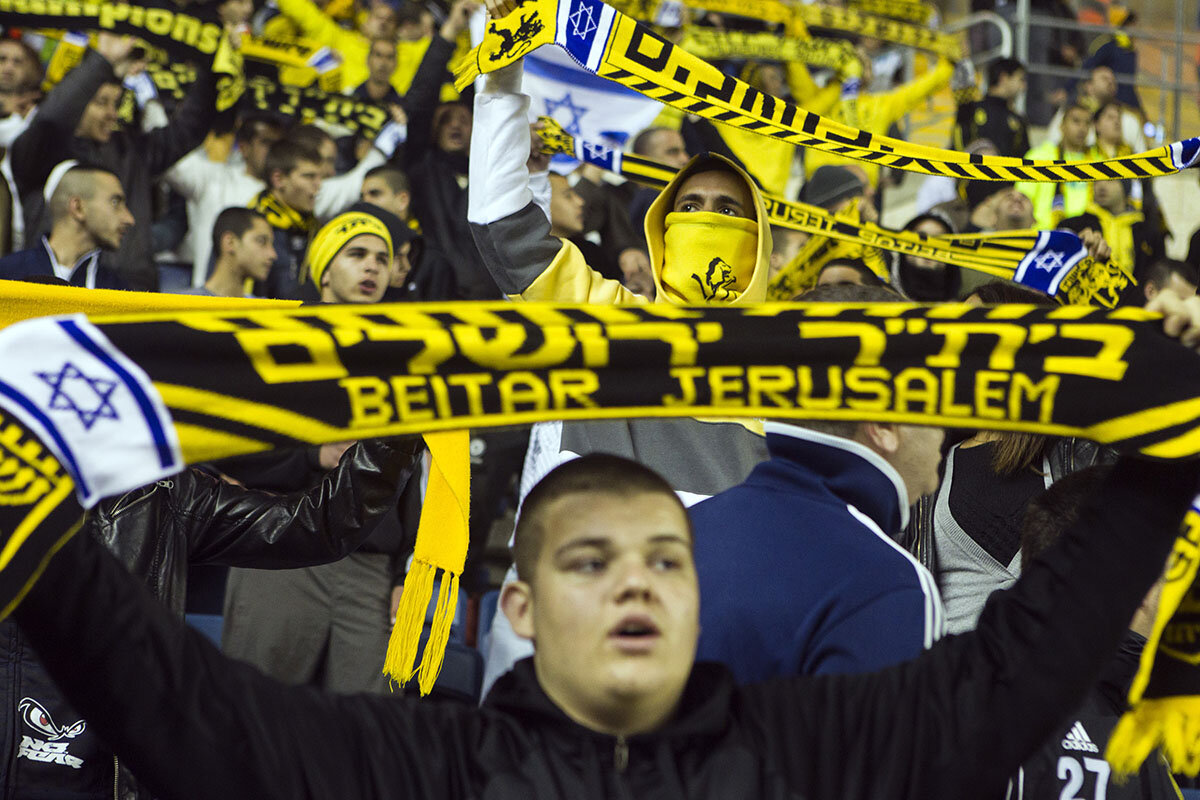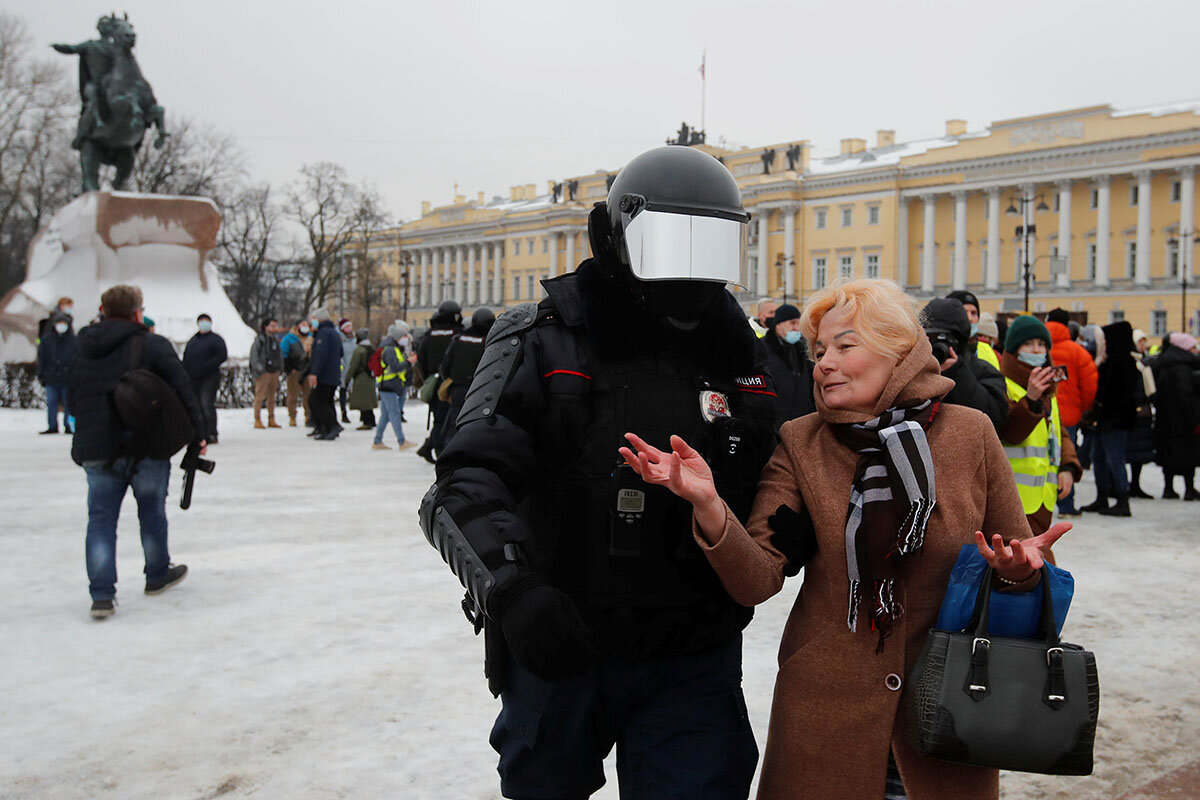As U.S. presidential power has grown, its ripple effects have gone far beyond politics, reaching into all aspects of American society.
Monitor Daily Podcast
- Follow us:
- Apple Podcasts
- Spotify
- RSS Feed
- Download
 Amelia Newcomb
Amelia Newcomb
There’s something about building walls that can make people just want to build bridges.
Not always, of course. Nations have long erected barriers, blocking outsiders or separating neighbors. And they’re doing it more frequently: When the Berlin Wall fell in 1989, there were 15 such barriers globally. By 2018, there were 77.
But a brief moment in 2019 spoke to another possibility. On a bright July day, three hot pink seesaws pierced the U.S. border wall between Ciudad Juárez, Mexico, and El Paso, Texas. The installation quickly drew children and adults eager to override the separation of a foreboding wall with the connections forged on a playground, if only for an hour. And last week, in London, it won the Design Museum’s top award.
Perhaps that was because it reminded us that walls don’t have to block the vision that can bring them down. In Belfast, Northern Ireland, Protestant and Catholic residents living along some decades-old barriers continue to support them to prevent a return to searing conflict. But in one neighborhood, the decision to engage in a three-year trust-building process led to the tearing down of what a spokesman called a “physical and mental barrier” in 2016.
As for the Teeter-Totter Wall installation? It “resonated with people around the world in a way that we didn’t anticipate," said Virginia San Fratello, one of its two designers. "[Most] people are excited about being together, and about optimism and about possibility and the future."










